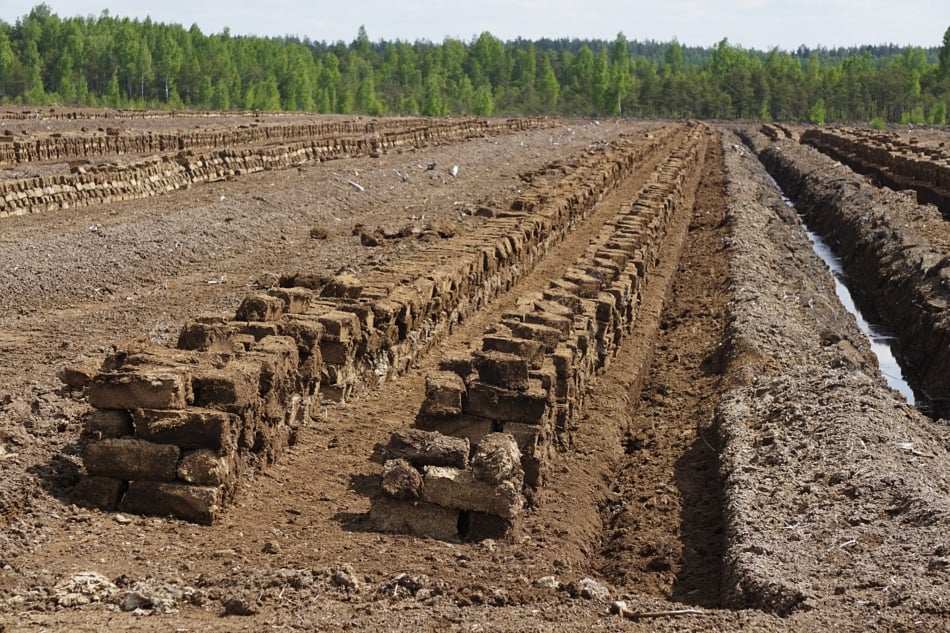By Ayn Schmit

Sustainability of the materials we use in our landscapes is an increasing focus for many gardeners, from the use of gravel mulch (gravel mining harms rivers and wetlands) to the source of soil amendments. Gardeners in the U.S. have relied on peat moss for years for its ability to retain water and improve soil structure. Almost every bag of potting soil or other amendments (think Sheep and Peat) at the nursery contains significant amounts of peat moss. Why is that a problem? Peat moss is mined from a rare and important type of wetland called a peat bog. Although peat bogs make up only 3 percent of the earth’s surface, they hold 15-30 percent of the carbon. Turns out, peat bog mining releases that carbon, contributing to greenhouse gas emissions. And wetlands provide many other ecosystem services that we rely on—important wildlife habitat, and slowing and retaining water on the landscape to prevent flooding. But sadly, 90 percent of the world’s wetlands have been damaged or lost over the past several centuries. Many of my Environmental Protection Agency colleagues spent years trying to slow and prevent the destruction of wetlands.
Yet another great reason to transition your landscape to native plants! The good news is that in most cases they prefer lean mineralized soils and don’t actually like organic amendments—not too surprising as they evolved to thrive in our clay-rich Colorado soils. So you’ll have very little need for organic amendments such as peat moss in your native landscapes. Where you do need organic amendments there are alternatives such as coconut coir and wood-based amendments. Talk to your sustainability-minded local nursery or check out this link for making your own potting soil recipe—and ditch the peat!
Curious to learn more about transforming your garden into a habitat with Colorado native wildflowers, grasses, shrubs, and trees? Check out our native gardening toolkit, register for an upcoming event, subscribe to our newsletter, and/or become a member – if you’re not one already!
